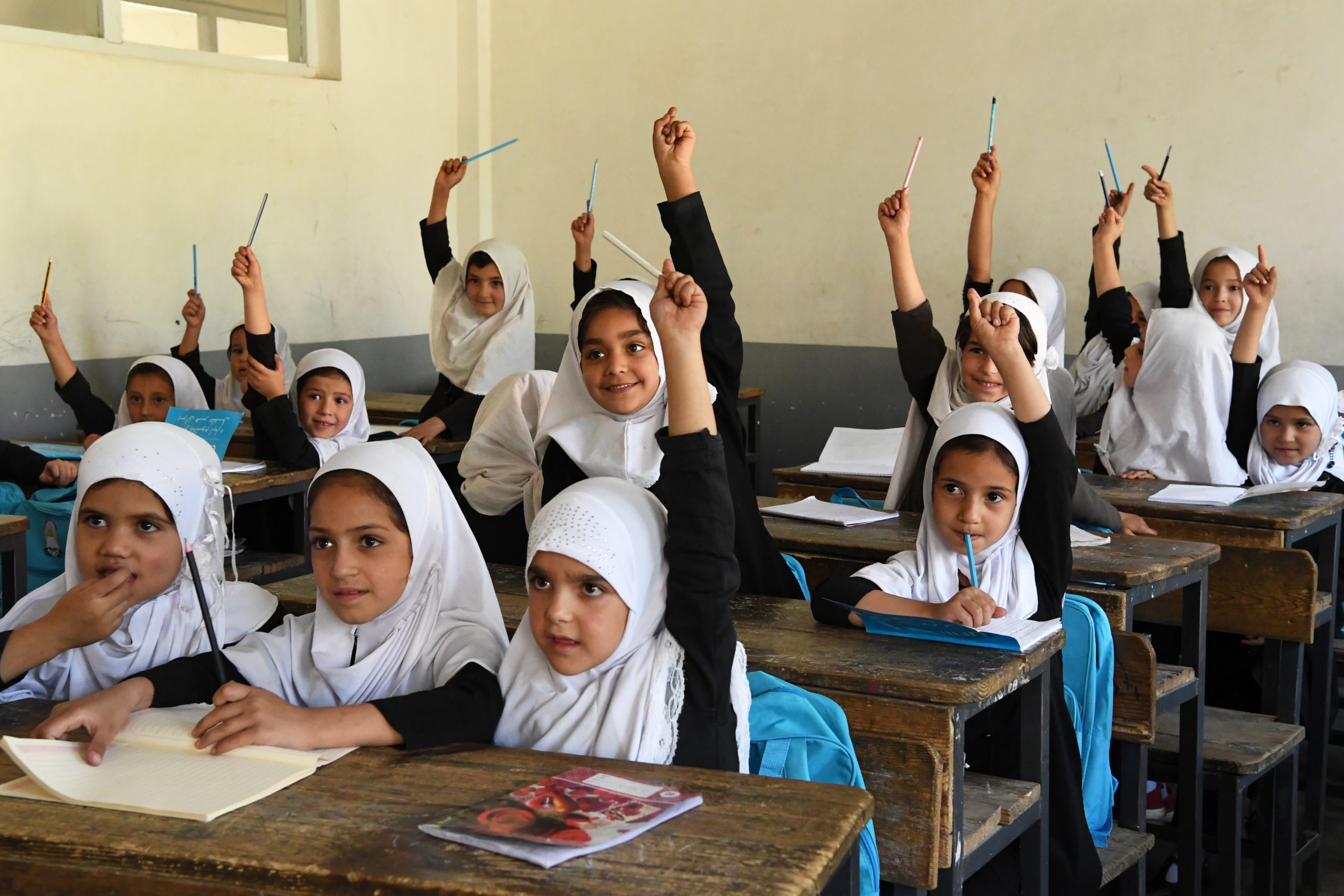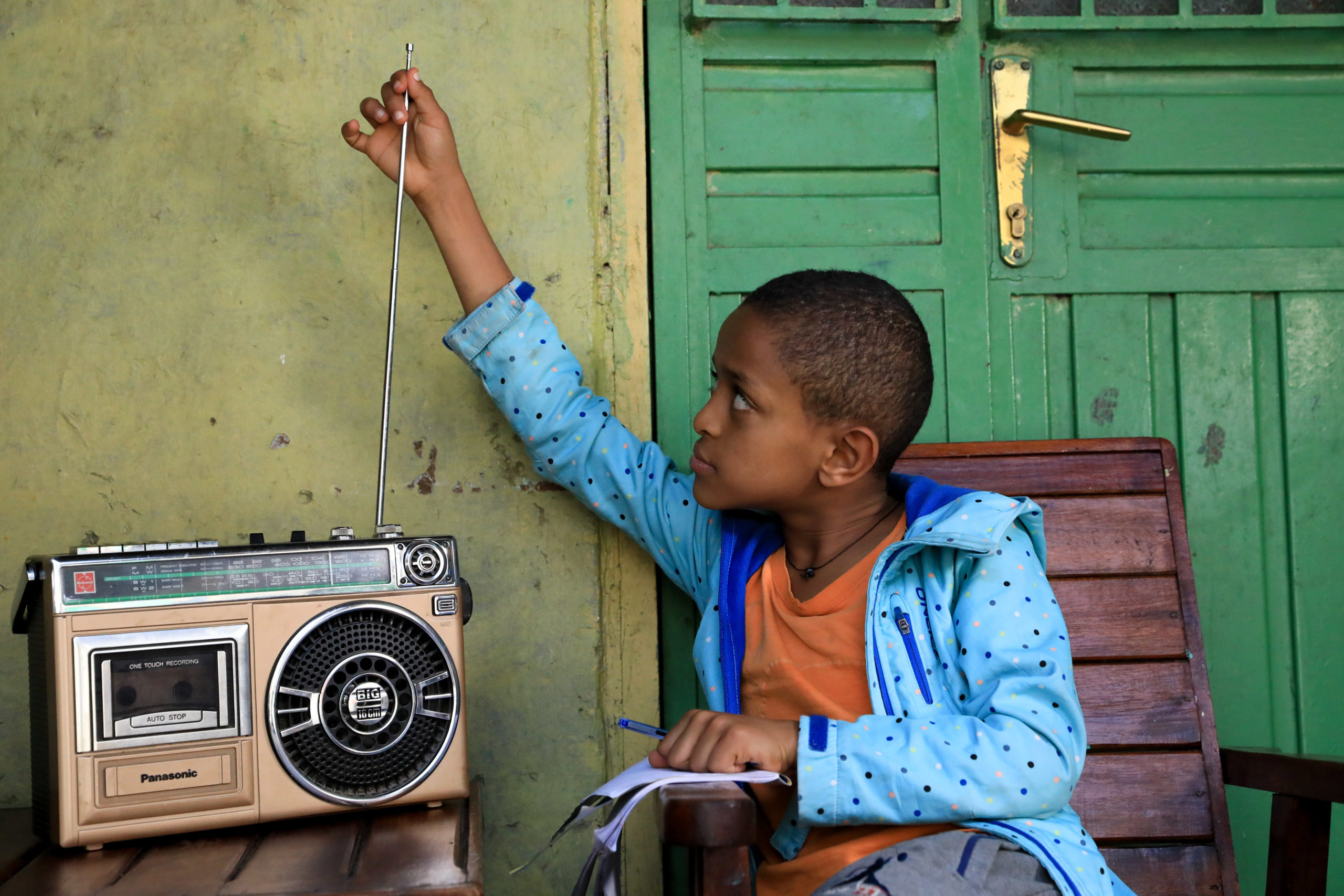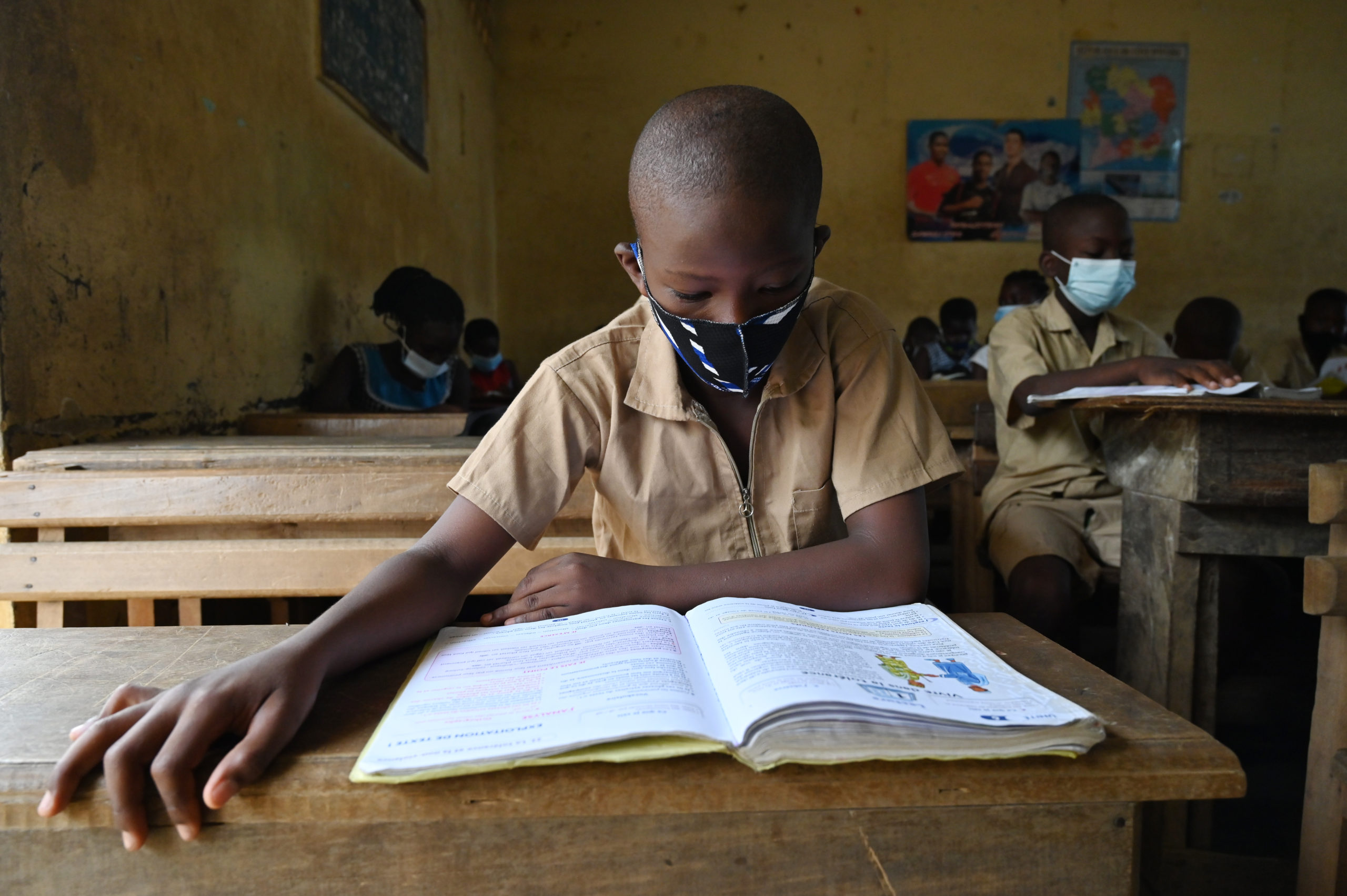What Have We Learnt?
Findings from a survey of ministries of education on national responses to COVID-19

At the height of nationwide lockdowns due to the COVID-19 pandemic, more than 1.5 billion children were affected by school closures, causing an unprecedented global learning crisis. Even prior to the pandemic, however, children’s learning was in crisis with half of 10-year-olds in middle- and low-income countries unable to understand a simple written sentence and more than a quarter billion children out of school. The pandemic has only sharpened these inequities, hitting schoolchildren in poorer countries particularly hard. National governments around the world have been quick to implement remote learning, new health protocols and reopening plans, but again these policies have varied widely based on each country’s wealth.
According to this new report published by UNESCO (Headquarters and Institute for Statistics), UNICEF (Headquarters and Office of Research) and the World Bank, schoolchildren in low- and lower-middle-income countries have already lost nearly four months of schooling since the start of the pandemic, compared to an average of six weeks among high-income countries. Compiling data from surveys on national education responses to COVID-19 from 149 countries between July and October, the report also finds that schoolchildren in low- and lower-middle income countries were less likely to have access to remote learning or to be monitored on a day-to-day basis by teachers and were more likely to have delays in their schools reopening.
For more findings, access the full report in English at the button below, or download the Executive Summary in French, Spanish and Russian.
Survey database & other resources
⟩ Global learning losses
School closures varied widely across the globe, both in terms of length and in terms of timing. In some countries, school closures disrupted the end of a school year. In others, school closures delayed the start of the school year or still in others, they coincided with a previously scheduled break. Even neighboring countries in the same region experienced vastly different durations and timing of school closure. On average, among respondent countries, 40 days of school were lost if an academic year was already finished at the time of the survey, as was the case for countries predominantly in the northern hemisphere. In respondent countries where there was an ongoing academic year, 55 days were reported as lost, as was the case for countries predominantly in the southern hemisphere.
⟩ Mitigating learning losses
It is not surprising to learn that school systems around the globe are choosing to address lost learning opportunities in different ways. More than 1 in 3 respondent countries have introduced remedial programmes to help children catch up, which is the most common approach across income groups, with low-income countries pursuing this option almost twice as often as high-income countries. Accelerated programmes are being pursued by 1 in 5 countries across the globe, while among high- and upper-middle-income countries, increasing class time was the least used approach.
⟩ Remote learning strategies and effectiveness
Even short interruptions in children’s schooling can have long-lasting negative impacts on children’s learning. While government responses to provide remote learning have been swift, it is important to understand who had access to remote learning interventions, how they were used and the extent of their effectiveness.
Overall, online and TV were the most used remote learning methods, followed by paper-based take-home materials and radio-based remote learning. Stark differences between income groups reflect the large differences in access to the technologies required for remote learning. Though these differences preceded COVID-19, the pandemic has further exacerbated this digital divide, disproportionately impacting poorer communities within and across countries.
The technology that enables online remote learning is not available to all, with children in conflict zones and rural areas and those from poorer households disproportionally less likely to have access, thus putting them on unequal footing (UNESCO, 2020b; UNICEF, 2020). While 53 per cent of households globally are connected to the Internet, the share of students with no Internet access at home varies from less than 15 per cent in Western Europe and North America to as high as 80 per cent in sub-Saharan Africa (Giannini, 2020; ITU, 2020). Therefore providing subsidized or free access to the Internet is one important method of facilitating online learning. At least two-thirds of high- and upper-middle-income countries surveyed implemented this measure, though this was less common in low- and lower-middle-income countries. Providing devices at lower cost to be used for educational purposes was another measure applied, with higher-income countries more likely to implement it.
In addition to the measures targeting connectivity described above, governments implemented more specific actions aimed at improving inclusion to online learning. At least 1 in 3 countries reported improving access to connectivity and infrastructure for learners in remote areas. Other common measures included flexible and self-paced platforms, which 56 per cent of high-income and nearly 40 per cent of middle-income countries reported. These platforms could, for example, take the form of asynchronous learning platforms, allowing each learner greater flexibility and the freedom to advance at their own speed, thus integrating varying learning habits.
⟩ Reopening schools safely for all
As of September 2020, most countries had fully or partially reopened their schools, based on ongoing monitoring by UNESCO and the World Bank. School reopening plans, however, vary greatly by income group. High-income countries which responded to the survey were more likely than countries in other income groups to have reopened as planned and were more likely to prioritize the reopening of pre-primary levels. The approach to returning to school also varied, with wealthier countries more likely to use a combination of remote and in-person (hybrid) learning.
More than half of respondent countries are combining remote and in-person education as they reopen schools. This approach, however, again varies greatly by income group. In most low-income countries, schools were reopening with fully in-person teaching and learning. Meanwhile, high- and upper-middle-income countries were more likely to use a combination of remote and in-person learning. The challenge of reaching children with remote learning in lower-income countries can likely explain much of this difference.
Most respondent countries have provided additional funding to respond to the learning challenges their schoolchildren are facing. And yet, more than a quarter of countries reported not having adequate resources for safe school operations. One in five respondent countries reported cuts to important areas of their education budgets. It is therefore crucial for governments to continue to invest in education now and in the coming years so that children are able to safely resume learning and no one is left behind.
Survey database & other resources


